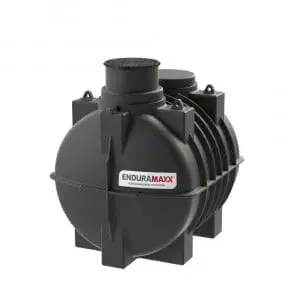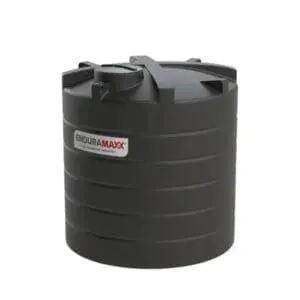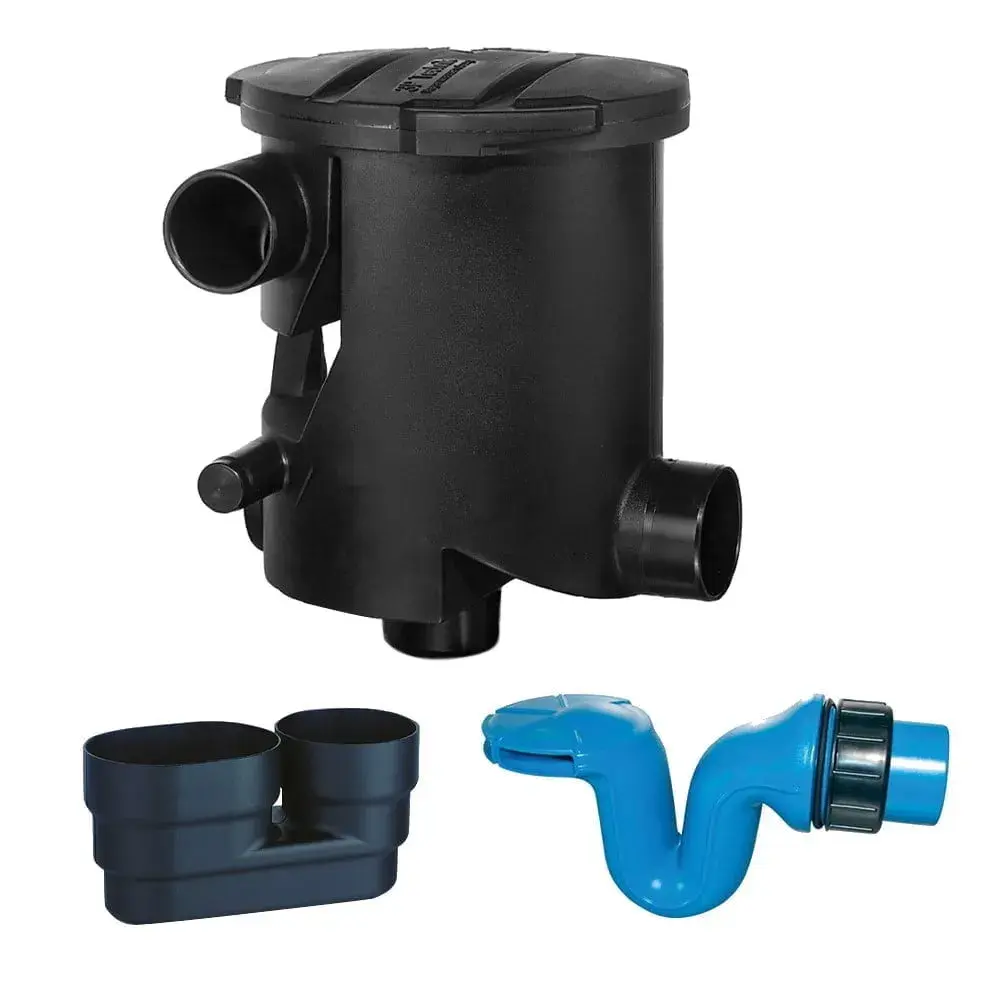
Fire sprinkler water storage tanks must adhere to a variety of safety regulations, including the LPCB (Loss Prevention Certification Board) standards and BS EN 12845. These standards are designed to ensure that any water tank used for a fire sprinkling system is effective at fire suppression and meets local authority requirements. Read on to find out about the main regulations and best practices you will need to consider when investing in a commercial or residential fire sprinkler water storage tank.
What Are The Main Standards And Regulations?
There are three main British Standards (BS) to be aware of when installing or maintaining a fire sprinkler water storage tank. These are:
- BS EN 12845: This standard governs the automatic sprinkler systems used in non-residential, commercial, and industrial buildings, covering installation, maintenance, design, capacity etc.
- BS 9251 (2021): This standard governs design, installation, and maintenance for the water storage tanks used by sprinkler systems in residential and domestic properties, including multi-storey apartments.
- LPS 1276: Loss Prevention Standard 1276 deals with the operation of fire sprinkler protection systems and their associated water tanks.
You should also refer to Approved Document B, which sets out the UK government’s framework for structural fire safety requirements in residential and non-residential buildings. Most buildings over 30 m in height have to be fitted with the appropriate sprinkler system and storage tanks, in compliance with the standards listed above.
Let’s summarise the main requirements:
Capacity And Performance
Your fire sprinkler water tank must meet the water volume requirements required by the ‘hazard classification’ of the building. The water must be reliable, meeting the specific needs of the fire safety system, and the system must have the appropriate pressure to activate the sprinklers during a fire emergency.
Hazard classifications and tank volumes:
- Ordinary Hazard Group 1 – offices and schools: 27,500 to 40,000 L
- Ordinary Hazard group 2 – car parks, museums, libraries, public buildings: 105,000 to 140,000 L
- Ordinary Hazard group 3 – shopping centres, supermarkets, plant rooms, hospitals: 135,000 to 185,000 L
Refill time: BS EN 12845 specifies that your tank should be refillable within 36 hours.
Inspections And Maintenance
Regular inspections are required to ensure that your sprinkler tanks remain functional and compliant. These inspections should cover all components, including the valves, pumps, any sensors, water levels, and be documented thoroughly as part of your ongoing maintenance records to meet legal and insurance requirements. Tanks should be designed to minimise the need for emptying, and should be maintenance-free for at least 10 years.
Materials
The material you choose for a sprinkler storage tank is essential for its long-term reliability and performance. We recommend a tank made from a durable polymer material, such as polyethylene, which reduces the risk of water contamination, and provides strong resistance to corrosion and wear.
Find Out More
Please contact the experienced team at Enduramaxx today to find out more about the benefits of fire sprinkler water storage tanks and the regulations they need to comply with.
Posts By Topics
- Blog (303)
- Chemical Storage Tanks (118)
- Chemical Dosing Tanks (114)
- Chemical Tanks (114)
- Water Tanks (58)
- Rainwater Harvesting Tanks (43)
- Vertical Rainwater Tanks (31)
- Vertical Storage Tanks (31)
- Cone Bottom Tanks (19)
- Conical Cone Tanks (18)
- Rainwater Harvesting (17)
- Water Bowsers (15)
- Horizontal Tanks (14)
- Potable Water Tanks (13)
- Farming (9)
- Case Studies (8)
- Industrial Storage Tanks (7)
- Liquid Fertilser Storage Tanks (6)
- WRAS Approved Potable Tanks (6)
- Wine and Beer Production (6)
- Horizontal Transport Tanks (5)
- Microbrewery (5)
- Rainwater (5)
- Category 5 Break Tanks (4)
- Cider Production (4)
- Mixer Tanks (4)
- Molasses Tanks (4)
- Polyethylene tanks (4)
- Rainwater Filter Kits (4)
- SPECIALIST & BESPOKE TANKS (4)
- Bunded Tanks (3)
- Slimline Tanks (3)
- WRAS Approved (3)
- Clarification Tanks (2)
- Crosslinked Polymer Tanks (XLPE) (2)
- Fertiliser Tanks (2)
- Sump Tanks (2)
- Tank Installation (2)
- Water Butt (2)
- underground water tanks (2)
- ACCESSORIES & FITTINGS (1)
- ATV & UTV SPRAYING UNITS (1)
- Above Ground Effluent Tanks (1)
- Bespoke Tank Frames (1)
- Category 5 Turret (1)
- Caustic Soda Tanks (1)
- Closed Top Bunded Tanks (1)
- Craft beer (1)
- Effluent Tanks (1)
- Enduramaxx (1)
- Ferric Chloride Tanks (1)
- Fire Safety Regulations (1)
- Fire Sprinkler Water Storage Tanks (1)
- Industrial Water Tank (1)
- Open Top Bunded Tanks (1)
- Open Top Cone Tanks (1)
- Open Top Vertical Tanks (1)
- Polyethylene Potable Water Tanks (1)
- Polyvinylidene Fluoride (PVDF) Tanks (1)
- Polyvinylidene Fluoride Tanks (PVDF) (1)
- Pressure Washers (1)
- Pro Series Spot Sprayers (1)
- RWH (1)
- Sodium Hydroxide Storage Tanks (1)
- Sprayer Fill-up Tanks (1)
- Uncategorised (1)
- liquid fertiliser tank (1)
Sign up to the newsletter
enduramaxx.marketing
Related Posts
Fire Sprinkler Water Systems: Fire Water Tanks
According to BAFSA (British Automatic Fire Sprinkler Association) since 1945 no one in the UK has...
Fire Fighting Sprinkler Water Tanks: Construction & Agriculture
Our range of polyethene firefighting sprinkler water storage tanks is designed to store large...
Fire Suppression Water Tanks UK - Enduramaxx Ltd
Enduramaxx, a leading Fire Suppression Water Tanks UK Manufacturer, has been manufacturing plastic...
Related Products
From £1,080.00 inc. VAT
£900.00 exc. VAT
From £1,344.00 inc. VAT
£1,120.00 exc. VAT
From £768.00 inc. VAT
£640.00 exc. VAT
£480.00 inc. VAT
£400.00 exc. VAT






